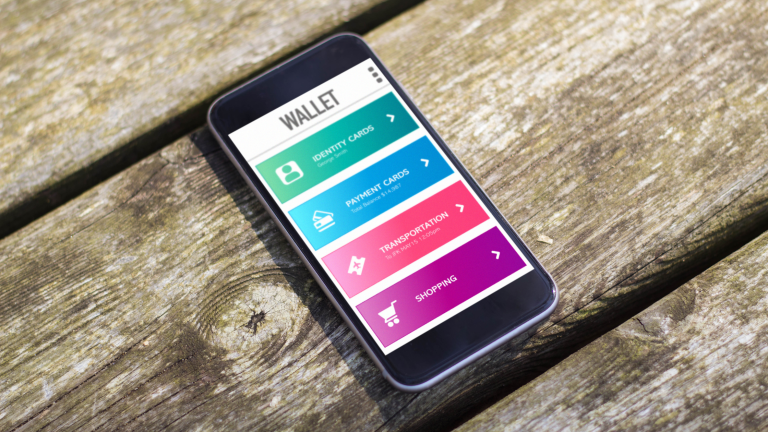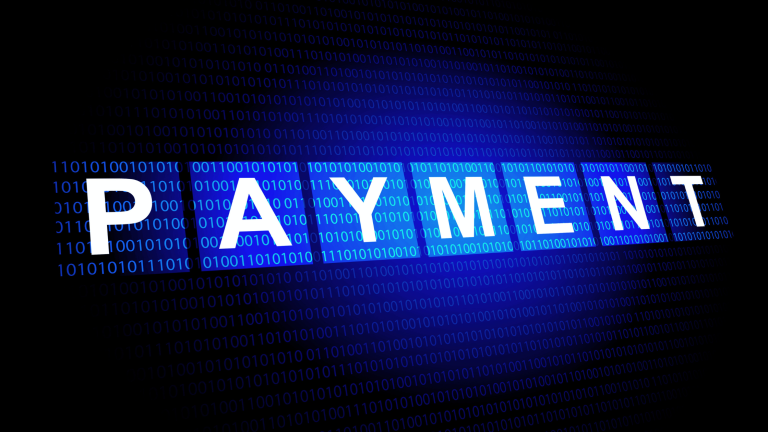Blockchain technology has introduced a paradigm shift in gaming by enabling decentralized control, transparent transactions, and secure ownership of digital assets. However, despite its technical advantages, blockchain gaming still faces practical challenges: limited gameplay interactivity, economic volatility, and growing exposure to fraudulent activities.
Artificial Intelligence (AI) is now being explored as a powerful complement to blockchain. With its ability to learn, adapt, and automate, AI is reshaping how games are designed, played, and maintained. This article explores how AI is enhancing blockchain games – particularly in gameplay, economic systems, and platform security – while also addressing the technical and ethical considerations that come with this integration.
How AI Enhances Gameplay in Blockchain Games
Blockchain infrastructure provides trust and ownership, but on its own, it does not make gameplay dynamic or intelligent. AI fills this gap by introducing interactivity, responsiveness, and personalized engagement.
Smarter NPCs and Richer Worlds
NPCs in most Web3 games are still limited to predefined scripts, unable to respond dynamically to player decisions. Integrating AI transforms them into agents that adapt, remember, and evolve. Altered State Machine (ASM) takes this approach further by allowing players to own AI-powered digital characters with customizable “brains.”
ASM AI avatars for open metaverse (Source: Altered State Machine)
These characters improve through gameplay feedback and simulations, learning to make better decisions over time. This pushes beyond static balancing, enabling agents to adjust behavior based on player input and evolving strategies. The result is emergent storytelling, branching missions, and dialogue that responds to individual play styles – turning quests into collaborative experiences between the player and the world.
Gameplay That Adapts to Player Behavior
Personalization in gameplay is no longer optional – it’s expected. AI enables blockchain games to deliver real-time customization by analyzing behavioral data, then adjusting in-game content accordingly.
This includes:
- Scaling quest difficulty to match player skill
- Recommending challenges aligned with in-game behavior
- Modifying rewards based on play style and activity consistency
- Automatically tailoring onboarding for newcomers versus experienced users
Top AI use cases by business owners (Source: Forbes)
According to Forbes, 38% of business owners are already using AI for idea generation and 46% for internal content development – signals of how AI is being relied on to create more personalized, responsive experiences. In Web3 gaming, these same capabilities are driving adaptive questing, user-specific storylines, and smarter content delivery.
AI-Generated Quests, Items, and Environments
AI isn’t just reacting to players – it’s beginning to generate the worlds they explore. In blockchain games, AI can assist in building procedural quests, dynamically adjusted items, and environments that evolve over time based on economic or social signals.
This approach is already being explored by platforms like Synesis One, which enables community-trained AI to generate interactive narratives and content for decentralized applications. Using a system of incentivized campaigns and DAO governance, Synesis One allows players and creators to contribute to how storylines or game elements evolve – without direct developer scripting.
Synesis One interface showing AI training prompts (Source: Synesis One)
In a Web3 context, this makes AI not only a creative tool but a mechanism for co-creating gameplay with the community. As a result, content becomes more personalized, replayable, and reflective of the ecosystem’s dynamics.
Real-Time Feedback Loops and Player Modeling
Beyond gameplay mechanics, AI also plays a crucial role in understanding players themselves. Through real-time analytics, games can track input patterns, progression stalls, abandoned missions, or even sentiment data across social platforms – all of which reveal how players are feeling, not just what they’re doing.
With this data, blockchain games can trigger adaptive experiences: easing early friction, introducing timely guidance, or launching events that match player momentum. AI models can also segment users and match them with content or PvP opponents that are most likely to retain them.
This is especially powerful in tokenized ecosystems where user activity directly impacts in-game value. A well-tuned feedback system increases engagement, improves economic flow, and reduces churn – all without compromising decentralization or player agency.
AI as Infrastructure: Stabilizing Blockchain Game Economies
AI Balancing Player-Led Markets
In blockchain games, player activity doesn’t just drive engagement – it drives the entire economy. Tokens, NFTs, and in-game assets carry real-world value, and their supply, rarity, and trade volume shift constantly based on user behavior.
Unlike traditional games where developers can adjust variables behind the scenes, blockchain economies are decentralized by design. This makes AI a crucial infrastructure layer: it monitors economic signals in real time and adjusts ecosystem mechanics – like drop rates or minting policies – to prevent imbalance.
When rare assets become concentrated in a small group of players, or token prices spike due to speculation, AI can detect the trend and trigger automated counterweights to restore fairness. These interventions preserve both gameplay integrity and long-term value, without compromising decentralization.
AI for Game Security and Ecosystem Trust
Blockchain’s openness is a strength – but also a vulnerability. Play-to-earn models often attract bad actors looking to exploit systems using bots, multi-accounting, or smart contract loopholes. AI strengthens defense by continuously scanning transaction histories, wallet activity, and gameplay behavior for signs of manipulation. Unlike fixed rule-based tools, AI models can adapt as threats evolve.
DeFi protocols topped crypto hack losses in 2022 (Source: Chainalysis)
In 2022, DeFi protocols accounted for 82.1% of all cryptocurrency stolen in hacks – amounting to $3.1 billion, according to Chainalysis. A significant portion of that came from cross-chain bridges, which are increasingly used by blockchain games to support asset transfers. As exploit attempts grow in complexity, AI-powered monitoring becomes essential to detect anomalies and respond in real time – before damage scales across the entire game economy.
These innovations point toward a new model of blockchain gaming – where AI and players co-create dynamic, evolving game worlds.
The Future of AI in Blockchain Games
Self-Adaptive Worlds Shaped by Player Behavior
AI is opening the door to blockchain-based game worlds that evolve continuously. Instead of static maps or developer-scripted updates, intelligent systems can modify terrain, spawn quests, or adjust events based on how players interact with the ecosystem.
These dynamic worlds could be shaped by:
- Exploration trends across regions
- Faction conflicts and PvP outcomes
- On-chain economic shifts or scarcity signals
This makes the game environment feel alive – one that responds to collective player behavior in real time, creating unique and replayable experiences.
Intelligent Agents as Co-Creators of Gameplay
Beyond world design, AI is introducing autonomous agents – smart NPCs or entities that can act, learn, and adapt independently. In blockchain games, these AI-native characters may:
- Trade in decentralized marketplaces
- Build or destroy alliances with players
- Complete missions based on evolving strategies
- Influence governance or game state through interaction
They’re no longer passive background characters. These agents become part of the gameplay itself – emerging as rivals, collaborators, or even players in their own right.
These innovations point toward a new model of blockchain gaming – where AI and players co-create dynamic, evolving game worlds.
AI Unlocks the Full Potential of Blockchain Gaming
To succeed in this space, game developers must go beyond trend adoption. They must build systems that think, learn, and evolve – with AI logic that’s explainable, inclusive, and secure.
The future of blockchain gaming isn’t static. It’s dynamic, self-aware, and fair by design. AI is the intelligence layer that makes this possible and without it, the true promise of Web3 gaming remains incomplete.
For Web3 games and blockchain platforms exploring AI-powered systems – blockchain gamesfrom adaptive gameplay to DAO governance – Twendee offers deep expertise and scalable solutions. We help teams build intelligent, decentralized experiences that are secure, efficient, and future-ready.
To explore how intelligent Web3 systems are shaping the next wave of digital entertainment, follow us on X (Twitter) and LinkedIn.





